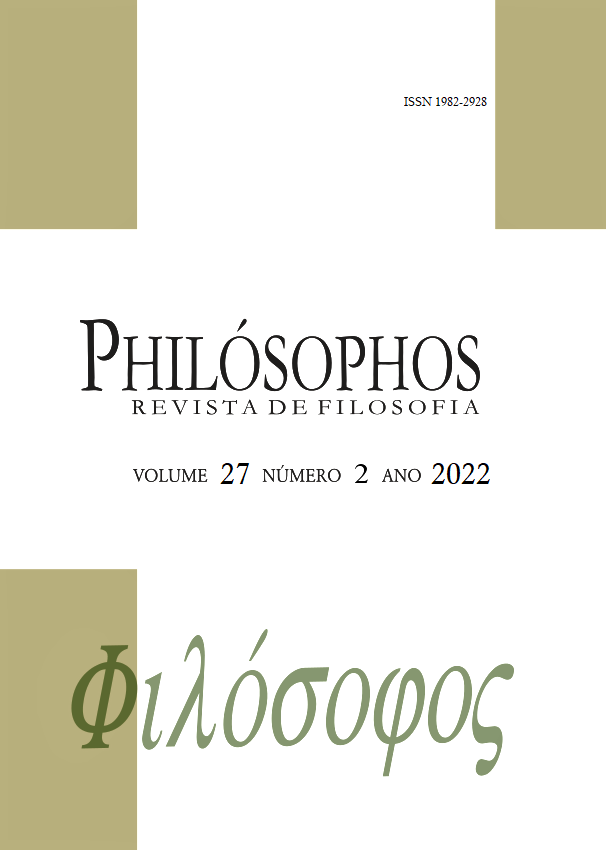Back to Duration and simultaneity
DOI:
https://doi.org/10.5216/phi.v27i2.75623Keywords:
histoire de la physique ; histoire de la philosophie ; nombres imaginaires ; opposition réelleAbstract
Like a sort of throwback, every anniversary brings together an event from the past with the present. One hundred years after its publication, Bergson's book Duration and Simultaneity constitutes a remarkable example of this through the oppositions contained and which broke out during the meeting with Einstein, on April 6, 1922. On the side of philosophy, Bergson developed the astonishment experienced during from the Bologna Congress eleven years earlier, Langevin's presentation announcing the famous "paradox of the twins"; a development that brought him back to his analysis of Newtonian physics and Kantian philosophy, the multiplicity of true time or duration, distinguished in 1889 from spatial multiplicity and its number. However, on the side of research carried out by physicists at the turn of the 20th century, Einstein's 1905 article operated the return, on Newton's shoulders, to Galileo and his dialogue with Aristotle. The dialogue form chosen here strives to reactivate the still living paradox that constitutes Bergson's return to his starting point. Much more than a book from the past, it is an event that has never ceased to combine physics and philosophy, and which today calls us to a dialogue
Downloads
Downloads
Published
How to Cite
Issue
Section
License
Copyright (c) 2023 Philósophos a journal of philosophy

This work is licensed under a Creative Commons Attribution-NonCommercial-NoDerivatives 4.0 International License.
Authors who publish in this journal agree to the following terms:
- Authors retain copyright and grant the journal right of first publication, with the work simultaneously licensed under a Creative Commons Attribution License that allows others to share the work with an acknowledgement of the work's authorship and initial publication in this journal.
- Authors are authorized to enter into separate, additional contractual arrangements for the non-exclusive distribution of the journal's published version of the work (e.g., publishing in an institutional repository or as a book chapter), with an acknowledgement of its authorship and initial publication in this journal.















